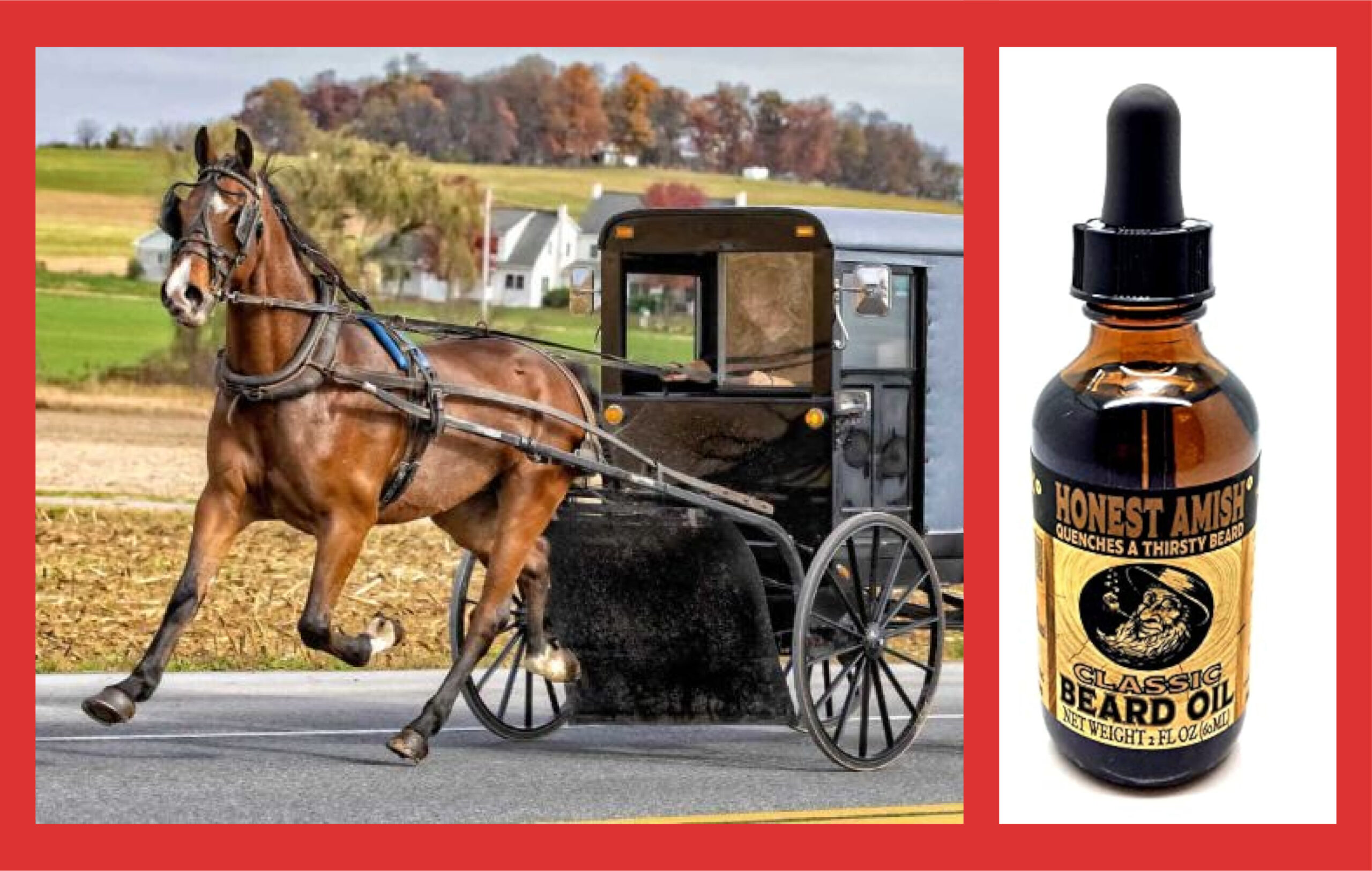When most people think of the Amish, they imagine simple living, horse-drawn buggies, and a lifestyle largely disconnected from modern technology. However, the term Amish oil change has popped up in recent conversations, raising questions about what exactly it refers to and how it relates to the Amish community. Is it a special technique for changing oil? Or is it just a clever marketing term that has little to do with the Amish themselves? In this article, we’ll explore the origins and meaning of Amish oil change, as well as its implications for both the automotive and Amish communities.
| Category | Details |
|---|---|
| Term | Amish Oil Change |
| Definition | Colloquial term describing a low-tech or makeshift oil change, often done without modern tools or proper technique. |
| Origin | Unclear; likely emerged from humor in the automotive community to refer to minimalist or neglected vehicle maintenance. |
| Related Community | Commonly linked to the Amish, though the Amish themselves typically do not use cars and thus don’t perform conventional oil changes. |
| Popular Usage | Used humorously in automotive culture to describe improper or delayed vehicle maintenance. |
| Common Context | Informal conversations, auto repair communities, DIY oil change scenarios. |
| Association with Amish | Not directly related to actual Amish practices, but uses the stereotype of Amish simplicity and minimalism. |
| Alternatives | Professional oil change, DIY oil change using proper tools and technique. |
| Frequency of Use | Rare, primarily used in automotive slang. |
| Implication | Refers to neglecting proper vehicle maintenance or performing a substandard oil change. |
What is an Amish Oil Change?
The phrase Amish oil change may seem contradictory at first. The Amish are known for their avoidance of modern technology, including the use of automobiles. Given this fact, the idea of the Amish engaging in an oil change seems improbable. So, what does the term really mean?
In most cases, Amish oil change is a playful or humorous term used colloquially to describe a scenario where someone neglects their vehicle’s oil maintenance, either through procrastination or a DIY method that lacks proper technique. Sometimes, it’s used as a joke to describe a “low-tech” or makeshift oil change that doesn’t involve standard tools or procedures. Since the Amish are associated with minimal technology use, this term evokes the idea of performing a basic, stripped-down oil change without modern conveniences.
That said, it’s important to note that the phrase is not officially tied to any Amish practices. The Amish typically do not use cars, relying instead on horse-drawn buggies and bicycles for transportation. However, some Amish communities do permit the use of engines in specific contexts, such as for farming or business purposes, which may involve oil changes though likely not in the conventional sense associated with modern vehicles.
Origins of the Term
The exact origin of the term Amish oil change is unclear, but like many colloquial phrases, it likely emerged from a mix of humor and cultural misunderstanding. The Amish are often used as shorthand for simplicity and traditionalism in many parts of American pop culture. Over time, the phrase may have evolved as a tongue-in-cheek way to describe an old-fashioned or incomplete method of changing oil.
It’s also possible that the term was popularized in the auto repair community as a way to refer to oil changes done without proper equipment or know-how. In some cases, it may even be used sarcastically when someone ignores their vehicle’s oil maintenance for too long, implying they are following a minimalist, “Amish” approach to vehicle care.
The Amish and Modern Technology: A Brief Overview
To better understand why the term Amish oil change exists, it’s important to explore the relationship between the Amish community and modern technology. The Amish are known for their rejection of many modern conveniences, including electricity, automobiles, and advanced machinery. This stems from their religious beliefs, which emphasize humility, community, and a simple way of life. They believe that modern technology can disrupt these values by promoting individualism, vanity, and materialism.
However, it’s a misconception to think that the Amish entirely reject technology. The Amish approach to technology is nuanced and varies by community. Some Amish groups, for example, may allow limited use of certain technologies for business purposes, especially when it helps support their agricultural or manufacturing work. This includes the use of engines, generators, and in rare cases, even tractors. However, personal use of automobiles and most modern appliances is generally not allowed.
In this context, an actual Amish oil change if it existed would not refer to the maintenance of a car but rather to small engines or machinery used in agricultural or business settings. However, the phrase has taken on a life of its own in popular culture, removed from its literal meaning.
Understanding the Importance of Oil Changes
Though the phrase Amish oil change is lighthearted, the topic of oil changes is critical for any vehicle owner. Regular oil changes are essential to maintaining the health and longevity of a vehicle’s engine. Engine oil lubricates the moving parts of the engine, reduces friction, and helps prevent overheating. Over time, oil can become contaminated with dirt, debris, and combustion byproducts, reducing its effectiveness and potentially causing engine damage.
Skipping oil changes or performing them improperly can lead to serious issues, including engine failure. This makes it vital for vehicle owners to understand how to conduct a proper oil change or, at the very least, recognize when it’s time to bring their vehicle to a professional mechanic.
For anyone attempting a DIY oil change, there are some key steps to follow:
- Gather the right tools: A wrench, oil filter wrench, drain pan, and proper grade of motor oil are necessary.
- Drain the old oil: This involves safely draining the old oil from the engine into the drain pan.
- Replace the oil filter: This ensures any contaminants from the old oil don’t re-enter the engine.
- Refill with new oil: After disposing of the old oil and filter, refill the engine with the correct type and amount of oil.
If you’re not comfortable performing an oil change yourself, it’s always best to leave it to a professional to avoid costly mistakes.
The Role of Humor in Automotive Culture
The term Amish oil change highlights a broader trend in the automotive world where humor and slang are often used to describe certain situations or behaviors. Auto mechanics and enthusiasts frequently come up with creative expressions to capture the frustrations or quirks of car maintenance. This culture of humor helps take some of the stress out of vehicle repairs and can even foster a sense of community among car enthusiasts.
Terms like Amish oil change are a part of this playful automotive lexicon, though it’s important to remember that not all humor is intended to belittle or mock the Amish. Instead, the term reflects a cultural shorthand that equates the Amish with simplicity and non-technology-based solutions, even if it’s not entirely accurate.
Are There Authentic Amish Oil Practices?
While the Amish may not be known for car ownership, they do maintain the various machines and tools they use in agriculture and craftsmanship. Amish communities that allow the use of engines or generators may very well perform oil changes on these devices. However, these oil changes would likely be done with a minimalistic, no-frills approach, consistent with their overall lifestyle.
That said, the idea of an Amish oil change should not be mistaken for a common or routine practice in Amish life. Their focus remains on simplicity, and any technology or machinery they do use is carefully regulated by their community guidelines.
How to Perform a Proper Oil Change (and Avoid the Amish Label)
To avoid the pitfalls of an Amish oil change meaning a poorly executed or neglected oil change it’s important to follow the proper steps and take your vehicle’s maintenance seriously. Here are a few tips to ensure you’re doing it right:
- Stick to a schedule: Most vehicles need an oil change every 3,000 to 5,000 miles, though newer models may go up to 7,500 miles between changes. Check your vehicle’s manual for the manufacturer’s recommendations.
- Use the correct oil type: Different engines require different types of oil. Using the wrong grade of oil can affect performance and damage the engine over time.
- Don’t ignore warning signs: If your oil light comes on, or if you hear strange engine noises, don’t put off an oil change.
- Seek professional help when needed: If you’re not confident in your ability to perform an oil change, or if your vehicle requires specialized tools, take it to a trusted mechanic.
Conclusion: The Myth of the Amish Oil Change
In the end, the term Amish oil change serves more as a humorous nod to makeshift or delayed oil maintenance than a reflection of actual Amish practices. While the Amish may have their own ways of maintaining machinery, the phrase in modern automotive culture is more about poking fun at DIYers who may not follow best practices.
Read more: Exploring the Phenomenon: Sofia Gomez Fapello – A Rising Star in Social Media




